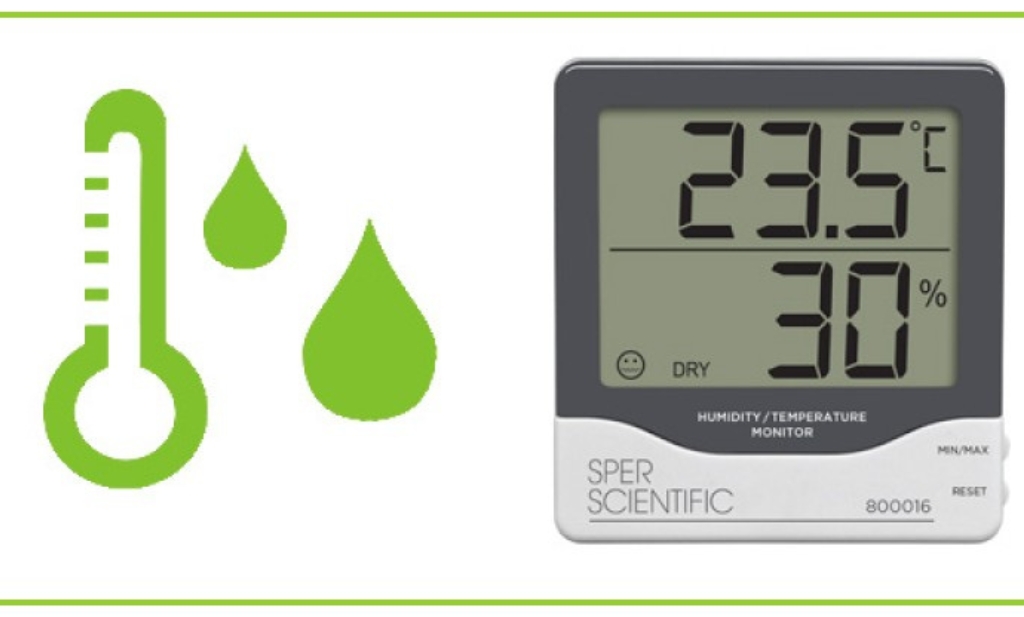- February 27, 2023
- by Toby
- Calibration
Temperature and relative humidity are important environmental factors in a laboratory. These variables can have a significant impact on the performance and accuracy of laboratory equipment, resulting in damage, degradation, and malfunctions that can affect test results reproducibility. In this blog post, we’ll look at how temperature and relative humidity affect lab equipment and how to keep optimal conditions for scientific research.
Temperature
Temperature has a variety of effects on the performance and accuracy of laboratory equipment. High temperatures can damage components, increase the risk of overheating, and degrade sample quality. Low temperatures, on the other hand, can cause materials to become brittle, increase viscosity, and impair the performance of electronic components.
The following are some examples of temperature effects on laboratory equipment:
- Thermal expansion and contraction cause component misalignment or damage.
- Material property changes that affect measurement accuracy
- Overheating is more likely, resulting in equipment failure or damage.
It is critical to have a controlled HVAC system that provides a stable temperature range within the laboratory in order to maintain optimal temperature conditions for lab equipment. Temperature monitoring should be done on a regular basis to avoid fluctuations that can affect the accuracy of test results. Additionally, equipment should be calibrated on a regular basis to ensure that it is operating within its optimal temperature range and to prevent damage.
Relative Humidity
Another critical factor influencing lab equipment performance is relative humidity. High humidity can cause corrosion, rust, and equipment component damage. It can also cause moisture buildup, which can lead to the growth of mold and bacteria, lowering the accuracy of test results. Electrostatic discharge can be caused by low humidity, which can damage sensitive electronic equipment.
Some examples of the effects of relative humidity on lab equipment include:
- Metal component corrosion and rust, affecting performance and accuracy
- Mold and bacteria growth, affecting the accuracy and reliability of test results
- Electrostatic discharge can cause sensitive electronic components to fail.
It is critical to have a controlled HVAC system that provides stable humidity levels within the laboratory to maintain optimal relative humidity conditions for lab equipment. Humidity levels should be monitored on a regular basis to avoid fluctuations that can affect the accuracy of test results. Furthermore, equipment should be stored in a dry environment and inspected on a regular basis for signs of corrosion or damage.
Conclusion
Temperature and relative humidity are critical factors influencing lab equipment performance and accuracy. Changes in these variables can result in damage, degradation, and malfunctions, all of which can have an impact on the reproducibility of test results. It is critical to have a controlled HVAC system with regular temperature and humidity monitoring to ensure optimal conditions for scientific research. Regular equipment maintenance and calibration can also help to prevent damage and maintain accuracy. Labs can ensure the quality and reliability of their research results by taking temperature and relative humidity into account.
Call us to discuss your calibration, test or repair needs at:
713.944.3139.



